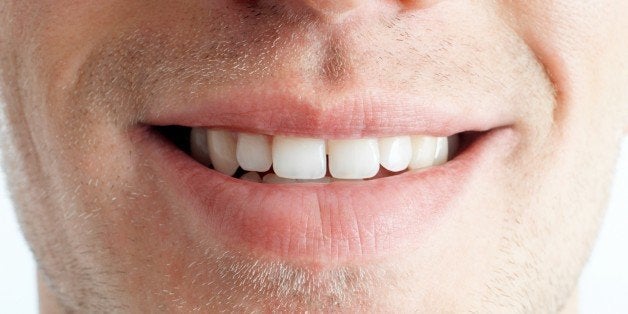
Sexually transmitted disease might not be top of mind during a semi-annual dental checkup, but perhaps it should be.
Some behavioral risk factors for oral cancer, like being a smoker, chewing tobacco or drinking heavily are well-known, but in the last few years, reports have shown that 72 percent of oropharyngeal cancers are actually caused by another risk factor -- the sexually transmitted infection, human papillomavirus (HPV). About 20 million people in the U.S. have some form of genital or oral HPV, according to Johns Hopkins Medicine.
The Oral Cancer Foundation defines oral cancer as cancer of the head and neck (including mouth cancer, tongue cancer, tonsil cancer and throat cancer). Considered a subset of oral cancers, oropharyngeal cancer affects specifically the back of the mouth and throat, and has been linked to HPV.
While oral cancer has an 80 to 90 percent survival rate if caught early, the majority of cases are not caught soon enough. The five-year survival rate for late-stage oral cancer is only 43 percent, with approximately 115 new cases diagnosed in the United States each day, according to the Oral Cancer Foundation.
Keith Arbeitman, a dentist with Arbeitman & Shein in Manhattan, says that there has been a long-held misconception that if you didn't smoke, drink heavily or chew tobacco, then you had a pretty low risk of getting oral cancer.
While the rate of HPV-related oral cancer is nearly six times higher in men than it is in women, "there’s been a real shift in the demographics," Arbeitman says. "We used to expect a typical profile of a patient with oral cancer would be a male over the age of 50, with some kind of history of smoking or heavy drinking. Now we’re seeing females -- age 40 -- starting to show signs."
Getting a screening every six months is an important first step to catching oral cancer early. If you don't know if your doctor is checking you for oral cancer during your regular cleaning, Arbeitman recommends asking. "I think you can very politely say, ‘I've been reading or learning about an increase in incidence of oral cancer. Do you think you could just take a look for me and tell me if there's anything you're concerned about?'"
Arbeitman typically gives his patients a few things to look for when they are at home, too. Much like the ABCs of skin cancer, patients should keep an eye out for abnormalities on the tissue around the lips and face, including asymmetrical marks, marks with irregular borders and marks that change color. Other common warning signs are cuts or sores that refuse to heal, hoarseness that doesn't get better and a lump in the neck or underneath the jaw.
"Oral cancer is incredibly difficult to treat because it’s often found when people have symptoms," Arbeitman says. "If it’s found on a routine basis when you are coming in for checkups, the cure rates are much, much higher."
This story has been updated with additional information about the relationship between oral and oropharyngeal cancers.
